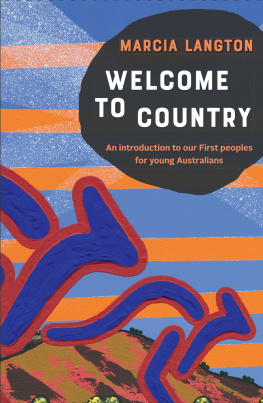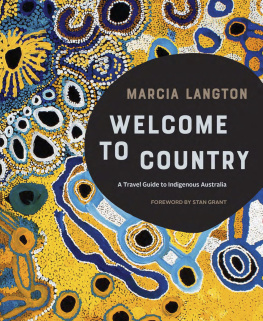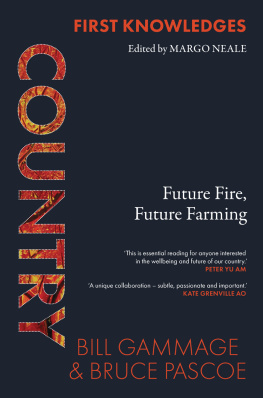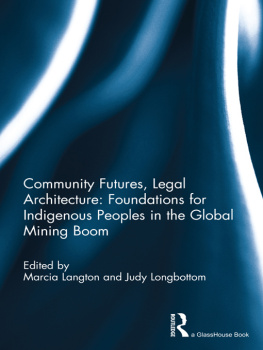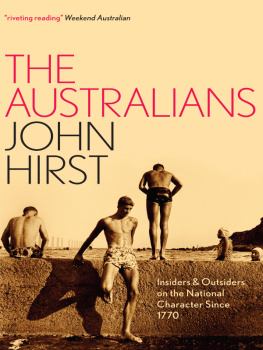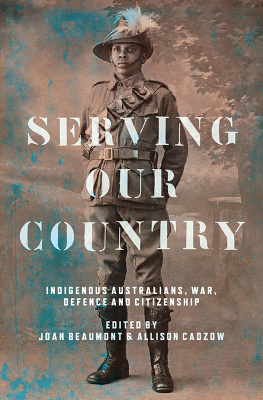The hottest topic in Aboriginal get-togethers is often kinship how people are related to each other and determining this by exploring personal histories is regarded as a matter of utmost importance. If a biological kinship link cannot be identified, there are ways to create kinship relationships that are often just as meaningful as close family ties. Many Aboriginal and Torres Strait Islander people follow ancient kinship rules in their everyday relations with others. They believe that these kinship rules are laws left by the sacred ancestors who created the living environment and its people.
Kinship nomenclatures, or the names for kinship status, such as mother, father, etc., and the system of relatedness of each Aboriginal or Torres Strait Islander group are fundamental to a groups identity. A group may be a named from a language that was spoken by their immediate or even distant ancestors. Many are named after an English surname that was given to their ancestors who were forced onto reserves. Many Indigenous people in Australia today state their group identity or traditional origins when they introduce themselves. Kinship systems of the Torres Strait Islander peoples are very different from Aboriginal ones. Only Aboriginal kinship systems are discussed here.

Contemporary artists Sarita and Tarisse King, daughters of highly regarded artist, William King, at the Kate Owen Gallery in Sydney

A father and son of the Lockhart River Aboriginal community at the Laura Aboriginal Dance Festival in Queensland, 2009
Each person is born into a kinship network. It stretches back through the generations, beyond grandparents and great-grandparents into the distant past, and also outwards socially. You may have heard the expression Hes like a brother to me or Shes like a mother to me. Familial relationships can be created as acts of friendship. These quasi-kin friendship networks have operated throughout human history as people have helped each other and worked together to ensure food and water for all. Aboriginal kinship logic continues to operate in this way, even if the local or regional languages are no longer spoken.
Exclusion from the Australian economy and exploitation for indentured and slave labour created intergenerational poverty for thousands of Indigenous people. It made sense, then, to keep the old traditions of sharing so that no one starved. These traditions have changed, especially in the areas where colonisation impacted first. Yet they are still recognisable as Aboriginal kinship and social structures. Helping family and friends in ones social network was, and remains, normal, and is often governed by rules, in those societies that operated in a more collective fashion, such as tribal and clan-based groups.
Complex kinship systems
All human societies have kinship systems and nomenclature systems of names as well as other social structures that bind people together. They vary greatly around the globe. There are several different types of Aboriginal kinship systems operating across Australia. They are far more complex than English or European systems of kinship. Most Aboriginal systems recognise twenty-eight types of kin roles, many more than in the English system of kinship that many Australians use. In the Aboriginal world, everyone is kin, either close or distant. But all relationships, whether or not people are biologically related, are determined by kinship and classification laws. In addition to kinship systems that name kinship roles, there are classifications, such as moieties and skin systems. These classification systems operate together with the kinship system, binding everyone into a world of relatedness and giving them principles of behaviour to live by.
Aboriginal kinship systems are difficult to learn and understand, and it is not expected that outsiders do so. What is important to know is that in all Aboriginal societies, all people and ancestral beings, as well as named and recognised plants and animals, natural features and tracts of land and sea, are part of a structured web of connections that is called kinship.
These systems are governed by rules or laws that prescribe marriage between certain types of kin, and precludes marriage between other types of kin. There are variations to these rules that are found to be acceptable, or at least are not considered offensive. There are ways of referring to people who have married the wrong way or not quite the right way. There are also avoidance relationships in many Aboriginal kinship systems, especially between mothers-in-law and sons-in-law, who cannot speak to each other. Also, there are rules for showing respect between brothers and sisters and brothers-in-law.
Where the original Aboriginal kinship systems are no longer used because languages are no longer spoken or are spoken only by a few Elders, new Aboriginal ways of addressing people as kinfolk have been developed. You may hear Aboriginal and Torres Strait Islander people refer to Elders as Aunty or Uncle even though they are not related. They are used as terms of address that show respect for Elders and a sense of belonging and identity.

Gagadju family from the East Alligator River, Northern Territory

Elder Deborah Lennis, AKA Aunty Deb, speaking to a crowd gathered in Brisbane on Australia Day, 2019
Skin names
In addition to the named kinship roles, such as mother, father, daughter and son, some Aboriginal societies have what anthropologists call a section or subsection system. Aboriginal people call these skin names. Skin names tie people together as a kind of kinship group, even though there might be no kinship relationship through descent or marriage whatsoever, or only a very distant one. Skin names allow people to identify a kinship relationship between them even if they have never met. What is your skin name? people ask. This is a typical way to engage a stranger or newcomer in those societies where these systems operate.
There are only a few such systems operating, although they are widespread across very large regions. The most famous are:
the Arrernte section system with its four categories
the subsection systems (with eight categories divided into sixteen by gendered subsection names) of the Warlpiri people and Western Desert peoples, whose country extends northwards from the Central Desert
the Arnhem Land systems. The subsection system is thought to have been introduced into some areas, such as Arnhem Land, perhaps not more than 150 years ago.
When a person from outside these systems is bestowed a skin name by an Aboriginal person, the outsider is incorporated into the wider kinship network in a kind of adoption. A kinship relationship is then established and sanctioned. A local woman will declare to another woman who is visiting, You are my sister of and the rules of behaviour among sisters will be explained. The husband of this woman becomes the brother-in-law of this newly acquired sister, and of her sisters and brothers, and her children will call her mother in the local language. Where these traditional kinship systems are followed, people often do not refer to each other by their personal names but by kinship terms, as this is considered polite and proper.

